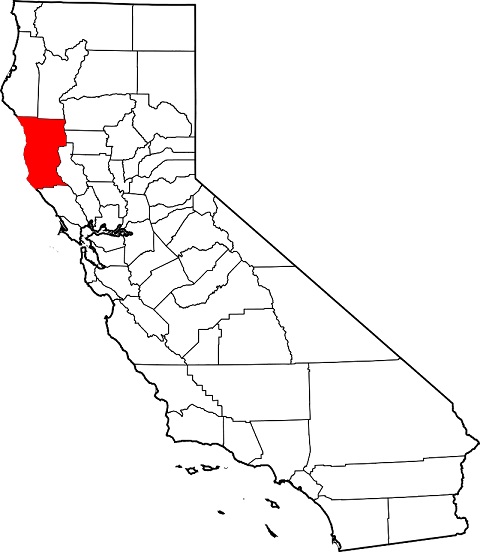Geography and Enviorment
The city itself is built around a small natural cove, used as a harbor, and is located about a 1.5 miles (2.4 km) south of the actual Arena Point, a narrow peninsula jutting around 0.3 miles (0.48 km) into the Pacific Ocean. This is the location of the Point Arena Lighthouse, at 115 feet (35 m) the tallest lighthouse on the West coast of the United States. The lighthouse is also the closest location on the mainland (excluding Alaska) to Honolulu, Hawaii at a distance of 2,353 miles (3,787 km).
The city has three high schools: Point Arena High School, South Coast Continuation High School and the Pacific Community Charter High School. Students are allowed to cross-enroll and take
A variety of fauna and flora occur in the Point Arena area. The location is also sometimes a range demarcation for occurrence of some species. For example, the Pacific giant salamander occurs at Point Arena and at points south, but not at all to the north.
The Point Arena State Marine Reserve & Point Arena State Marine Conservation Area are two marine protected areas that extend offshore from Point Arena. Sea Lion Cove State Marine Conservation Area and Saunders Reef State Marine Conservation Area lie south of Point Arena. Like underwater parks, these marine protected areas help conserve ocean wildlife and marine ecosystems.
Sound levels in Point Arena are relatively quiet, with many locations at night-time dominated by natural sounds such as those of the surf. The firm of Earth Metrics Inc., who prepared the Noise Element of the Point Arena General Plan, found that, even considering the presence of logging trucks on main city streets, composite sound levels rarely exceed 55 Leq. The maximum acceptable sound level specified in that General Plan Element is 60 Leq for residential areas.
History
The first European to record Point Arena was Spaniard Bartolomé Ferrer in 1543, who named it Cabo de Fortunas (Spanish for "cape of fortunes"). The cape was renamed to Punta Delgado (narrow point) in 1775 by lieutenant Juan Francisco de la Bodega y Quadra (commander of the schooner Sonora), part of a royal expedition chartered by the government of Mexico to map the north coast of Alta California. Later the point, and the small harbor town south of it, were called Barra de Arena (i.e. sandbar) and finally Point Arena (literally "sand point").
The Punta Arenas post office opened in 1858, and was renamed Point Arena in 1889. The first store at Point Arena opened in 1859.[5] Point Arena incorporated in 1908.
The Point Arena area is also home to the Point Arena Cable Station, although the station is technically located in nearby Manchester. Built in 1956 by AT&T Corporation, the cable station serves as the eastern terminus of several undersea cables, including the JUSCN and connections to Hawaii and Canada. In 2002, AT&T applied for a permit from the EPA to connect an existing fiber optic conduit to the cable station, since further construction would cause incidental damage to the habitat of the endangered Point Arena Mountain Beaver.
Point Arena mountain beaver
The Point Arena area is home to an endangered species of rodent known as the Point Arena mountain beaver (Aplodontia rufa nigra). According to the U.S. Fish and Wildlife Service, the habitat for this sub-species of Mountain Beaver lies only within a 24 sq mi (62 km2) area around Point Arena. The biggest threat to the PAMB is loss of habitat, and it was officially listed as an endangered species on December 12, 1991. Much local folklore revolves around this mysterious creature.

 courses at both the Point Arena High and Charter High schools, granting Point Arena students a broad curriculum from which to choose, although, due to limited teaching staff, many of the top students are left without options. The choice of the charter school has helped to keep in Point Arena many students who formerly commuted to Mendocino to attend its high school. Several feeder schools bring students through grammar school before sending them to Point Arena High School or the Charter School, meaning that the schools draw from a large pool of students in southern Mendocino and northern Sonoma counties.
courses at both the Point Arena High and Charter High schools, granting Point Arena students a broad curriculum from which to choose, although, due to limited teaching staff, many of the top students are left without options. The choice of the charter school has helped to keep in Point Arena many students who formerly commuted to Mendocino to attend its high school. Several feeder schools bring students through grammar school before sending them to Point Arena High School or the Charter School, meaning that the schools draw from a large pool of students in southern Mendocino and northern Sonoma counties.